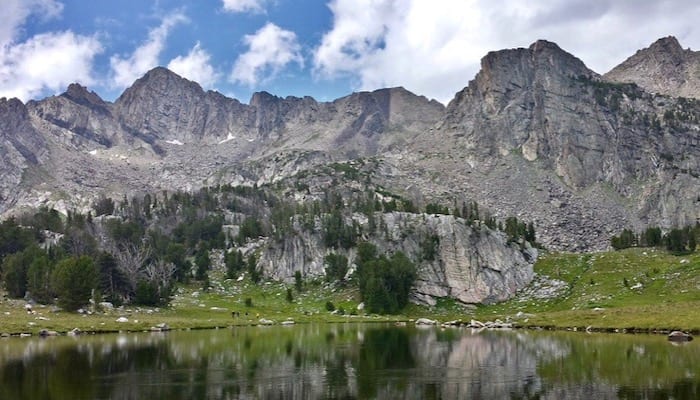Don’t be like Goldilocks
Bears are big and dangerous. Certainly, they don’t typically go out looking for people, but people continue to go further into bear habitats, increasing the chances of injury.
This paper in the journal Injury describes bear attack patients who presented to a tertiary center in Kashmir and injury patterns they sustained. They made sure to exclude injuries received from fleeing, and only those caused directly by bears. Importantly, the attacks were from the Asiatic black bear, which is known for its aggression.
All patients were alone when they were attacked, reportedly collecting firewood or reaping corncobs. They do not comment if they were campers or simply villagers. Rabies prophylaxis was given to all patients, the rationale was “none of them had been able to kill the attacking bear and hence the rabies status of the animal was unknown.“
They do comment on the attacks themselves, and the pertinent information included:
- 28 of the attacks were in people trying to scare the bear away
- 4 recalled a bear with cubs
- Most attacks (26) occurred June-October (attributed to pre-hibernation foraging)
- Significant transportation delays occurred, with only 2 patients presenting within 6 hours
The injury patterns described were varied, but included:
- Majority upper extremity injuries
- 18 open fractures of various grades
- 1 lower extremity injury
- 4 eye injuries
- 2 mandibular fractures, and 2 skull fractures
- Finger amputations and muscle avulsions were common
- Head and neck injuries were from teeth, but arm injuries were from claws
- Eleven patients developed infections of their wounds, all were mixed flora.
The authors close by recommending routine rabies and tetanus prophylaxis, and careful exploration of “even apparently minor wounds” as they can hide tendon, vessel, and bone injuries.
They recommend against closing cutaneous wounds secondary to infection risk. The only caveats to this study I can see are that there is likely sampling bias, as minor injuries either did not present to the tertiary center or were not identified by the authors.
Dhar SA et al. Pattern of orthopaedic injuries in bear attacks: report from a tertiary care centre in Kashmir. [PMID 18093590]

EBM Gone Wild
Wilderness Medicine
Emergency physician with interests in wilderness and prehospital medicine. Medical Director of the Texas State Aquarium, Padre Island National Seashore, Robstown EMS, and Code 3 ER | EBM gone Wild | @EBMGoneWild |
